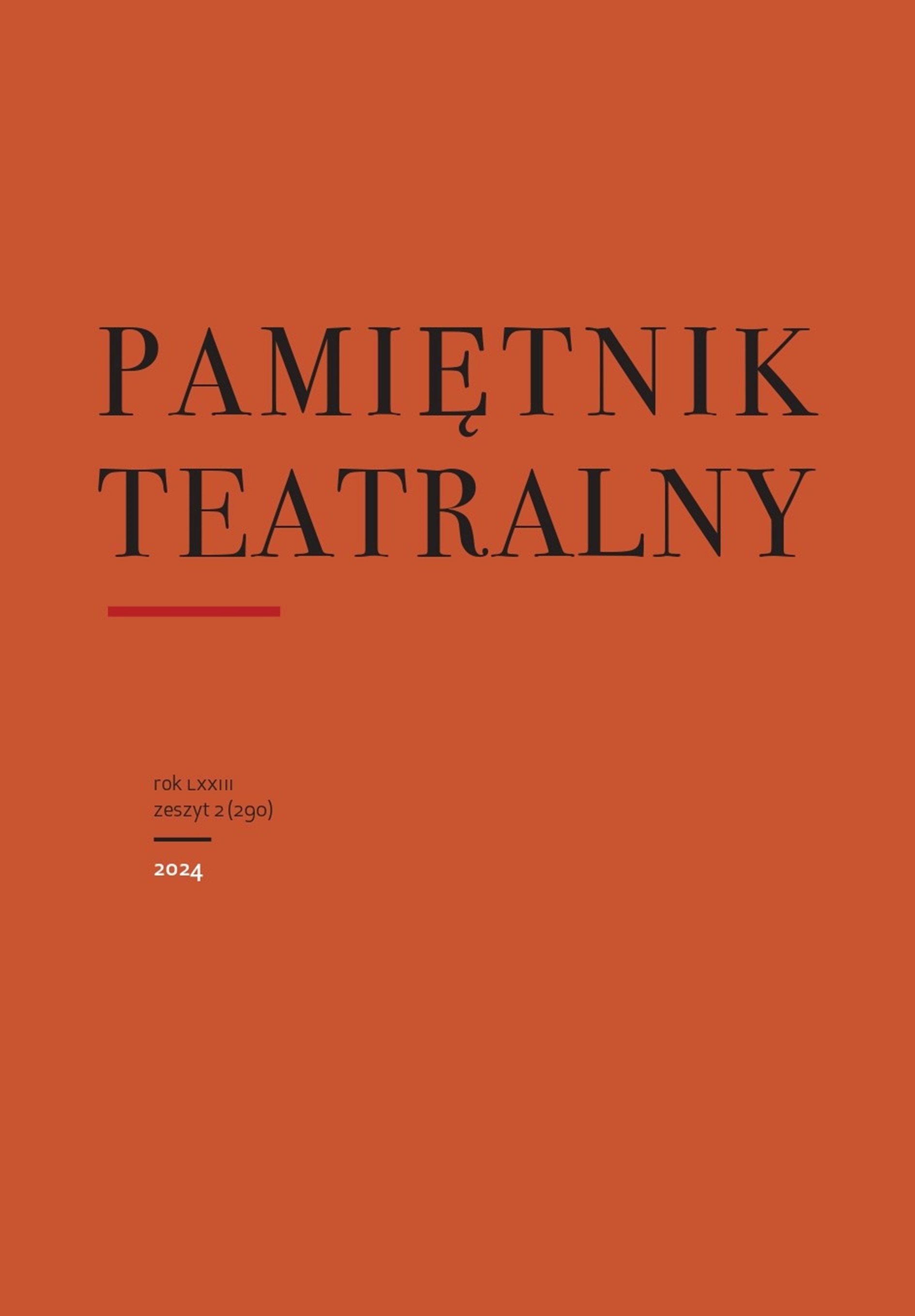Brud,
czyli o regule geografii Interdyscyplinarnej Placówki Twórczo-Badawczej „Pracownia”
Dirt, or the Rule of Geography of the Interdisciplinary Creative Research Center “Pracownia”
Author(s): Maja Dobiasz-KrysiakSubject(s): Theatre, Dance, Performing Arts, Social history, Sociology of Art, History of Art
Published by: Instytut Sztuki Polskiej Akademii Nauk
Keywords: “Pracownia”; dirt; culture animation; subversion; rule of geography; rooting; deritualization;
Summary/Abstract: This article is devoted to the analysis of the performative activities of the Interdis- ciplinary Creative Research Center “Pracownia,” which was active in Olsztyn and the region of Warmia at the turn of the 1970s and 1980s. It presents the results of ethnographic and archival research on the traditions of Polish cultural animation understood as research in action and research through art. The organizing category of the text is dirt, understood metaphorically as a continuum of “cleansing” and “making dirty,” characteristic of this group. Starting creative work often required “clearing” the area, but not to get rid of dirt, but to “take it straight into your hands,” get to know it and work with it. Dirt connected the members of “Pracownia” with the soil and land and enabled them to act in accordance with the activist “rule of geography”: rooting and deritualizing. It was the domain of work, it connected them with local people and also allowed them to know themselves better—in hard- ship, in discomfort, in relationships. Dirt knocked them out of mental habits ruts and, increased the critical view of reality—political, social, geographical, focused on concerning the problem of housing. It enhanced bottom-up creativity, enabled the creation of households/clusters that were important and inspired the exchange of ideas. Finally, it is also a subversive action, a shelter, a hiding place— when dirt was used as camouflage and came into played with the environment, allowing the “march through institutions” to create democratic social and cultural organizations.
Journal: Pamiętnik Teatralny
- Issue Year: 73/2024
- Issue No: 2
- Page Range: 163-188
- Page Count: 26
- Language: Polish

